Modular Homes Direct: Can you buy homes off the shelf?
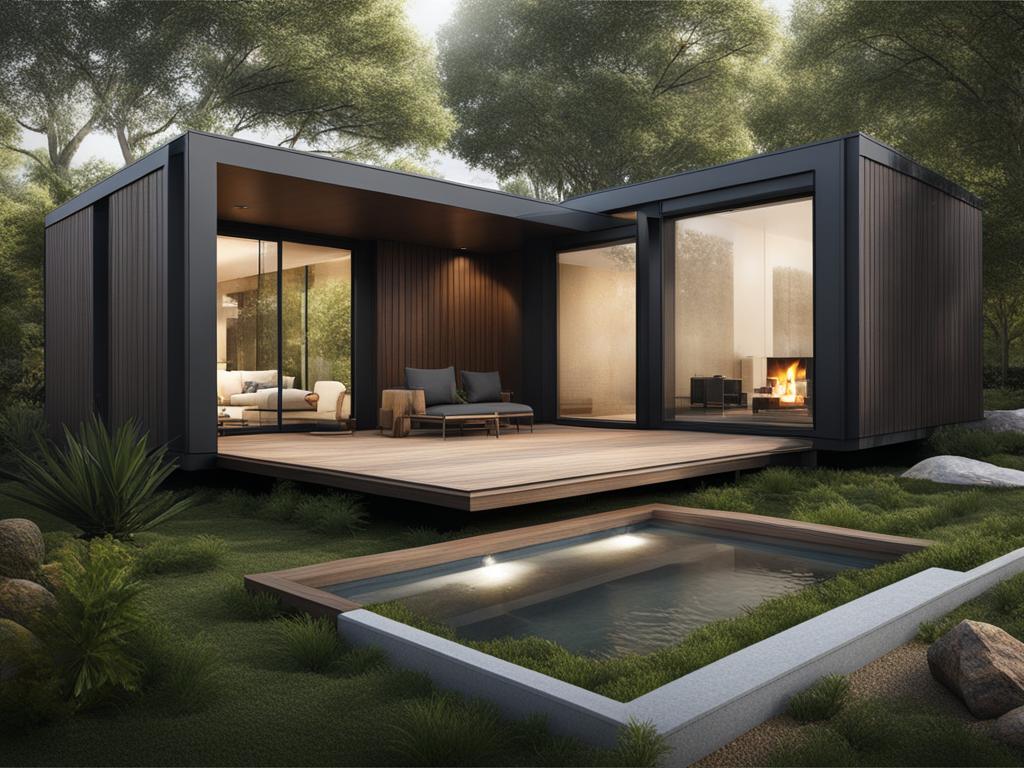
Modular homes, also known as flat pack or prefab homes, offer a convenient and cost-effective solution to the housing crisis in the United Kingdom. These homes are quicker and cheaper to build than traditional houses and have gained recognition from housing authorities. While they were initially popular among self-builders and custom builders, modular homes are now becoming more mainstream and are being offered by British companies. They are mainly constructed in factories using Structurally Insulated Panels (SIPs) and can incorporate eco-friendly features. However, only a small number of new homes built each year in the UK are modular, with about 15,000 out of the 200,000 being modular homes. Modular homes have often been associated with low-quality prefabs, but modern materials and construction methods have significantly improved their quality and flexibility, making them a viable option for many homebuyers.
Key Takeaways:
- Modular homes offer a cost-effective and efficient solution to the housing crisis in the UK.
- They are constructed using Structurally Insulated Panels (SIPs) and can incorporate eco-friendly features.
- Modern materials and construction methods have greatly improved the quality and flexibility of modular homes.
- While the modular homes industry in the UK is still relatively small, it is experiencing growth and gaining recognition from housing authorities and mortgage lenders.
- Customization options and energy-saving measures can be included in modular homes.
What Are Modular Homes Made From?
Modular homes are primarily constructed from Structurally Insulated Panels (SIPs), which provide a flat and smooth surface. These panels consist of a core insulation material sandwiched between two structural boards, such as oriented strand board (OSB) or plywood. The use of SIPs allows for efficient and durable construction, as well as excellent thermal and sound insulation properties.
To enhance the aesthetic appeal of modular homes, various exterior finishing materials can be used. These include options such as cedar or larch cladding, zinc, painted or stained weatherboarding, or brick and stone slips. These materials can be chosen to complement the surrounding environment and create a customized look for the home.
As sustainability becomes an increasingly important consideration, some modular home companies are exploring the use of eco-friendly materials in their construction. Bamboo, for example, is being recognized for its strength, durability, and sustainability. Incorporating bamboo into the construction of modular homes offers a greener alternative without compromising on quality or style.
When it comes to the construction process, modular homes offer flexible options. Homebuyers can choose from turnkey fully finished homes built to specific specifications, shell or bare bone units that require self-assembly, or basic builds where the modular home company provides the pieces for assembly by the homeowner. This flexibility allows homeowners to tailor the construction process to their preferences and budget.
Customization is another advantage of modular homes. While there may be some limitations based on the design and engineering principles of modular construction, homeowners can still personalize their homes to a significant extent. This customization can range from selecting interior finishes, fixtures, and fittings to making structural modifications to meet specific needs.
Furthermore, modular homes can be built with energy-saving measures in mind. These measures can include the use of energy-efficient windows and insulation, as well as the integration of solar panels or other renewable energy systems. By incorporating these energy-saving features, modular homes can contribute to reducing carbon footprints and provide sustainable housing solutions for homeowners.
Benefits of Modular Home Construction:
- Efficient and durable construction using Structurally Insulated Panels
- Aesthetic flexibility with a variety of exterior finishing materials
- Exploration of eco-friendly materials like bamboo
- Flexible construction options, from turnkey to self-assembly
- Possibility for customization to suit individual preferences
- Inclusion of energy-saving measures for a more sustainable home
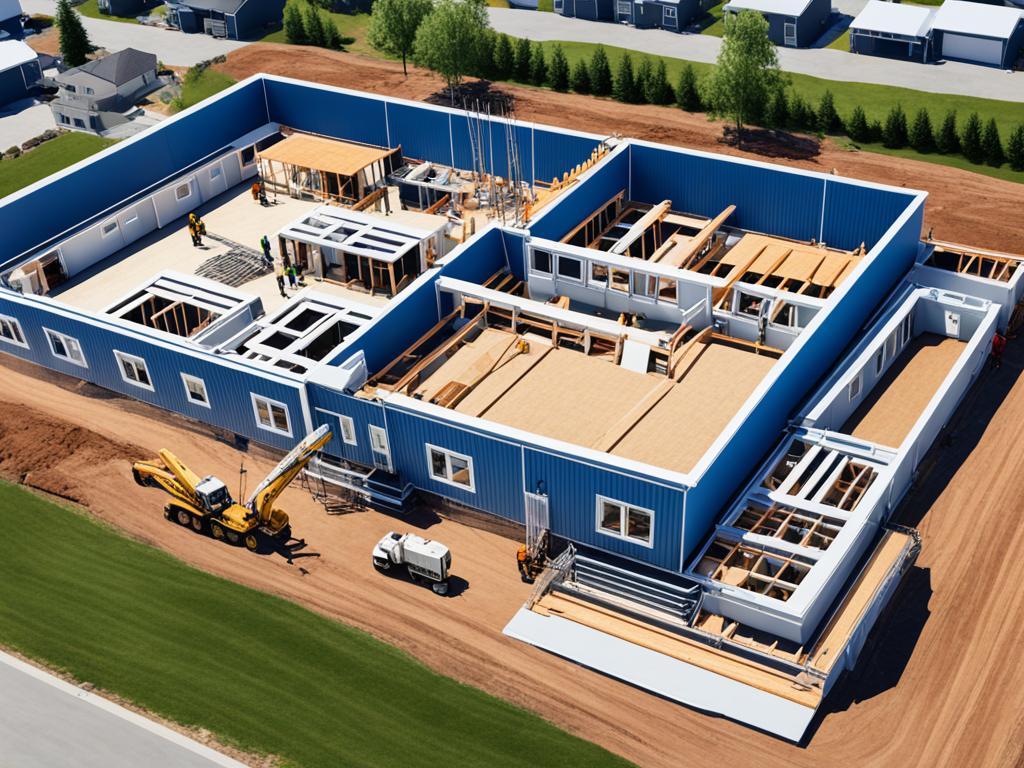 Note: The image above showcases the construction process of a modular home, highlighting the use of Structurally Insulated Panels (SIPs) and the potential for customization.
Note: The image above showcases the construction process of a modular home, highlighting the use of Structurally Insulated Panels (SIPs) and the potential for customization.
Planning Permission and Mortgage Considerations for Modular Homes
Before purchasing land for a modular home, it is essential to check with the local council’s planning department to ensure that planning permission is likely to be granted. Modular homes can be architecturally interesting and can be built in various locations, including housing estates and ordinary streets, as long as they fit in with the surrounding environment.
When it comes to getting a mortgage for a modular home, structural warranties play a key role in unlocking finance. However, some warranty providers are more aligned with traditional construction methods, making it challenging for modern methods of construction like modular homes to comply. It is crucial to ensure that the mortgage provider recognizes the build system used by the manufacturer as a standard construction method and that the home qualifies for a 10-year warranty, which is a requirement for all mortgage lenders.
The Rise of Custom Architect-Designed Modular Residences
British design firm Koto has recently announced its entry into the custom architect-designed modular residence market with their new offering called Koto House. These residences will showcase the company’s sculptural forms, jet-black yakisugi cladding, and Japandi aesthetic.
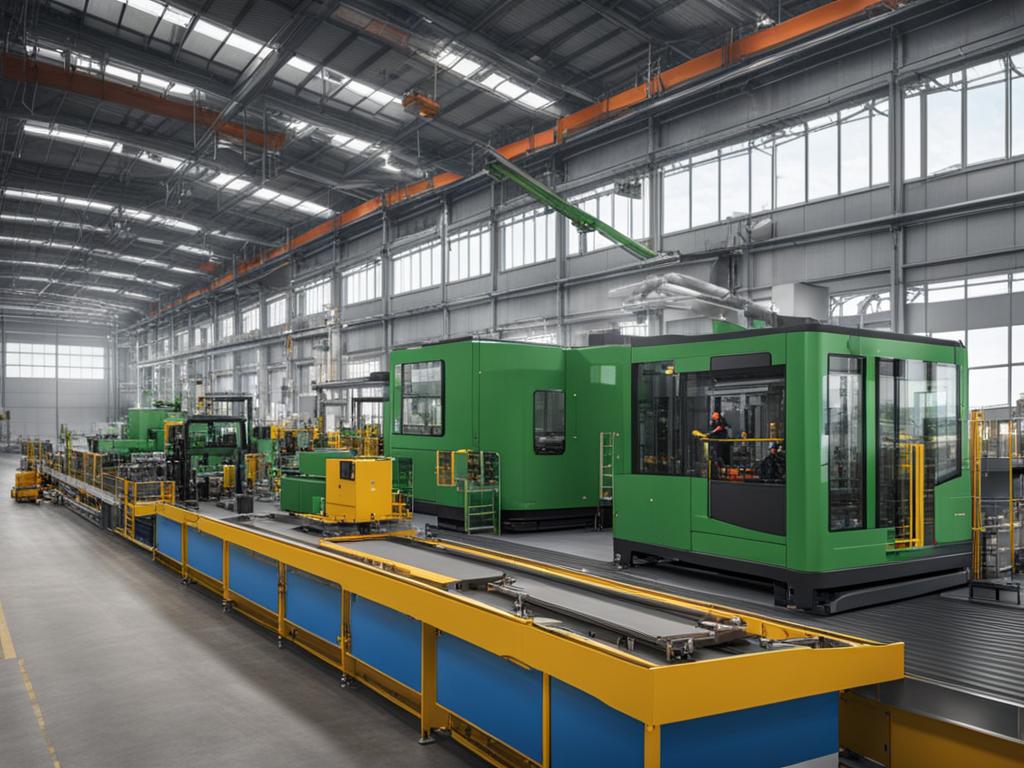
Koto House is a response to the increasing demand for modular homes and the desire for more bespoke designs. Along with Koto House, the company has also launched Koto Living, an in-house studio dedicated to interior design, offering a higher level of custom detailing compared to their off-the-shelf models. The first Koto House is located in Claddach Valley, Scotland, and the interiors are designed by Koto Living, focusing on natural materials and textures to create a connection between the house and its environment. This move by Koto highlights the growing interest in custom modular residences and the potential for more British companies to establish themselves in this market.
Conclusion
Modular homes have emerged as an affordable and flexible solution to the housing crisis in the United Kingdom. With their faster construction times and lower costs compared to traditional builds, modular homes are gaining recognition from housing authorities and mortgage lenders alike. Companies like Koto are at the forefront of this movement, offering custom architect-designed modular residences that provide homeowners with bespoke homes embracing sustainable construction methods and eco-friendly features.
Although the modular housing industry in the UK is still relatively small, it is expected to experience significant growth in the coming years. This growth will provide more options for individuals seeking affordable and high-quality housing solutions. With the rise of modular homes, the future of home construction in the UK is set to be more efficient, eco-friendly, and tailored to individual needs.
Modular homes direct the way towards a brighter future, where affordable housing is within reach for more people. As modular home suppliers and construction companies continue to innovate and refine their processes, the accessibility and viability of modular homes will only increase. The benefits of modular homes, such as their cost-effectiveness, faster construction times, and ability to incorporate eco-friendly features, make them an attractive option for those looking to buy a new home.
FAQ
Can you buy modular homes off the shelf?
Yes, there are companies like Modular Homes Direct that offer off-the-shelf modular homes. They provide a range of pre-designed homes that can be customized to suit individual preferences.
What are modular homes made from?
Modular homes are mainly constructed using Structurally Insulated Panels (SIPs). These panels provide a flat and smooth surface, and the exteriors can be decorated with materials such as cedar, larch cladding, zinc, weatherboarding, or brick.
What should I consider for planning permission and mortgages for modular homes?
Before purchasing land for a modular home, it is essential to check with the local council’s planning department to ensure planning permission is likely to be granted. When it comes to mortgages, structural warranties play a key role in unlocking finance. Ensure that the mortgage provider recognizes modular homes as a standard construction method and that the home qualifies for a 10-year warranty.
Are there options for custom architect-designed modular residences?
Yes, companies like Koto offer custom architect-designed modular residences. These residences provide bespoke designs and incorporate sustainable construction methods and eco-friendly features.
What is the future of modular home construction in the UK?
The modular housing industry in the UK is expected to grow significantly in the coming years. With faster construction times and lower costs compared to traditional builds, modular homes offer an efficient and tailored solution to the housing crisis.

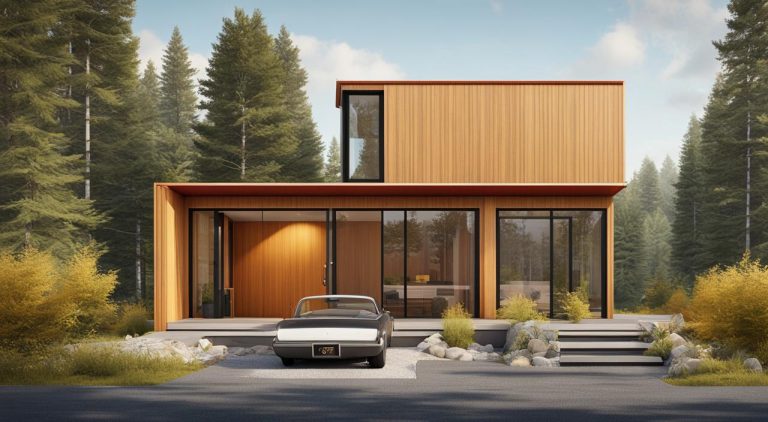
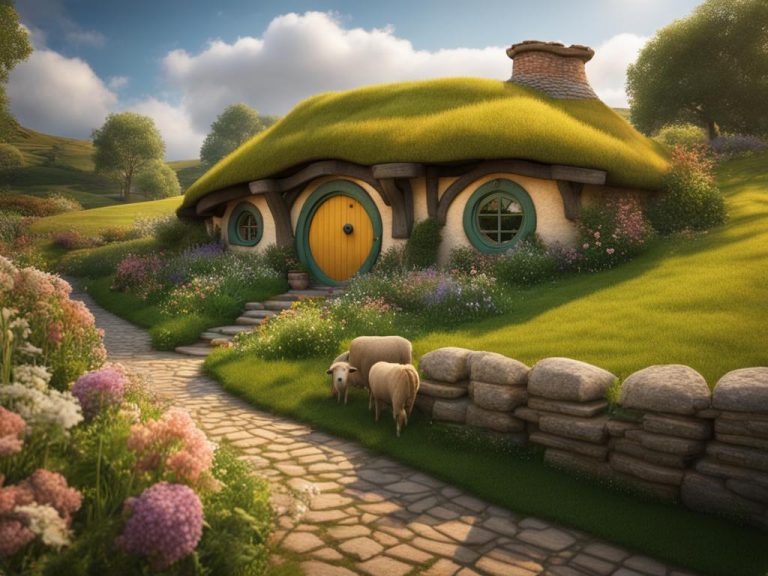
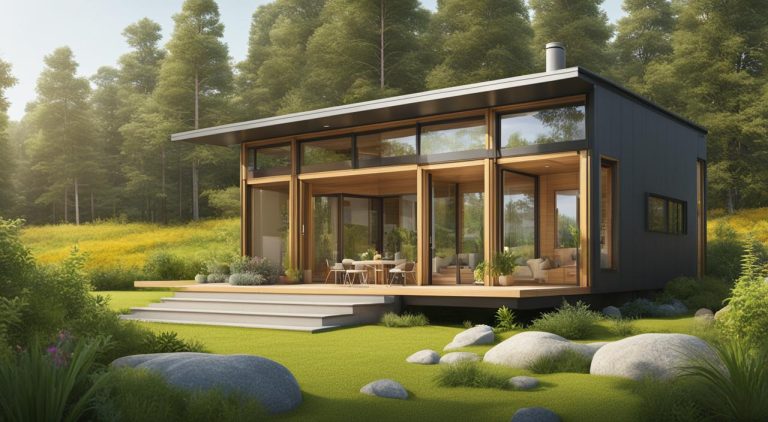

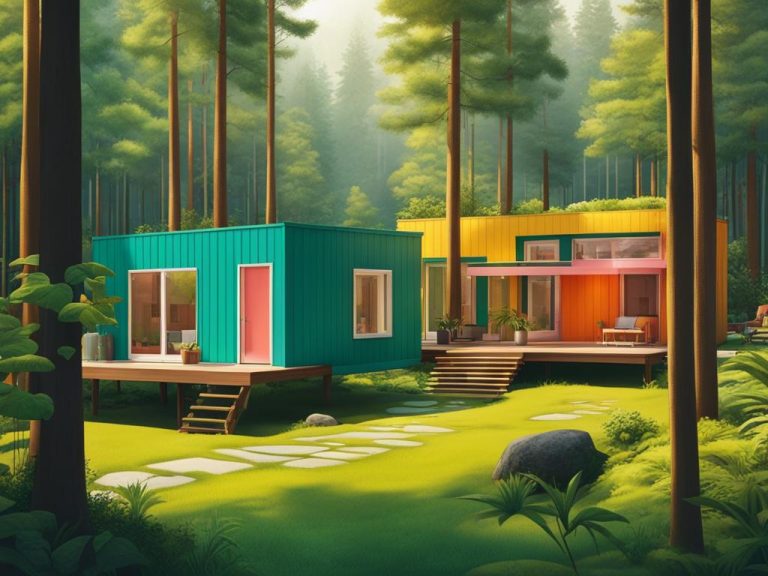
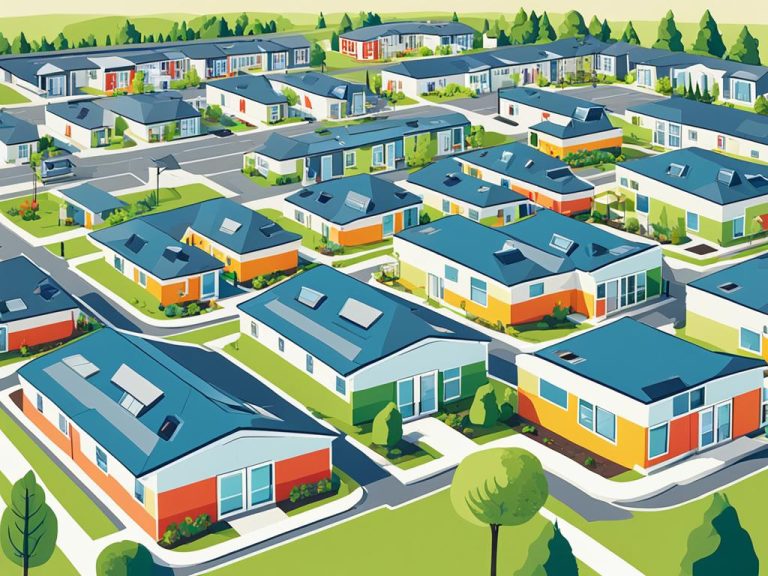
Your article helped me a lot, is there any more related content? Thanks!
магазин аккаунтов социальных сетей https://birzha-akkauntov-online.ru/
купить аккаунт с прокачкой https://marketplace-akkauntov-top.ru/
биржа аккаунтов заработок на аккаунтах
магазин аккаунтов социальных сетей профиль с подписчиками
покупка аккаунтов профиль с подписчиками
маркетплейс аккаунтов соцсетей профиль с подписчиками
продажа аккаунтов соцсетей маркетплейс аккаунтов
Purchase Ready-Made Accounts Account market
Account market Account Store
Buy Account Account Buying Service
Gaming account marketplace Social media account marketplace
Secure Account Sales Website for Selling Accounts
Buy accounts Accounts for Sale
Secure Account Purchasing Platform Buy Pre-made Account
Account Purchase Account Buying Platform
Buy Pre-made Account Sell Account
Account Acquisition Account market
Sell accounts Sell accounts
account store secure account sales
account market purchase ready-made accounts
secure account purchasing platform accounts market
account market buy pre-made account
account trading account market
secure account purchasing platform buy account
secure account purchasing platform website for selling accounts
account acquisition sell accounts
account selling service marketplace for ready-made accounts
guaranteed accounts purchase ready-made accounts
account catalog account acquisition
marketplace for ready-made accounts account buying platform
marketplace for ready-made accounts account buying service
find accounts for sale buy account
sell pre-made account account purchase
website for selling accounts account trading
account selling service account market
website for selling accounts sell pre-made account
account store account acquisition
buy account account trading
account selling platform online account store
ready-made accounts for sale sell pre-made account
account trading account trading platform
website for buying accounts purchase ready-made accounts
account market buy accounts
secure account sales account trading
account trading service profitable account sales
account exchange website for selling accounts
accounts for sale https://accounts-offer.org/
account catalog https://accounts-marketplace.xyz
account selling service https://buy-best-accounts.org/
website for selling accounts buy accounts
account acquisition https://accounts-marketplace.live
secure account purchasing platform https://social-accounts-marketplace.xyz/
accounts for sale https://buy-accounts.space
account catalog https://buy-accounts-shop.pro/
guaranteed accounts https://social-accounts-marketplace.live
sell accounts https://buy-accounts.live
accounts marketplace https://accounts-marketplace.online
account exchange service https://accounts-marketplace-best.pro/
маркетплейс аккаунтов соцсетей https://akkaunty-na-prodazhu.pro/
площадка для продажи аккаунтов маркетплейсов аккаунтов
площадка для продажи аккаунтов https://kupit-akkaunt.xyz
маркетплейс аккаунтов akkaunt-magazin.online
продать аккаунт akkaunty-market.live
площадка для продажи аккаунтов kupit-akkaunty-market.xyz
маркетплейс аккаунтов https://akkaunty-optom.live/
маркетплейс аккаунтов online-akkaunty-magazin.xyz
площадка для продажи аккаунтов https://akkaunty-dlya-prodazhi.pro
магазин аккаунтов kupit-akkaunt.online
buy facebook ads accounts https://buy-adsaccounts.work
cheap facebook accounts https://buy-ad-accounts.click
buying fb accounts https://buy-ad-account.top
buy facebook ads account buy facebook account for ads
buy fb ads account buy fb ad account
buying facebook ad account https://buy-ads-account.work/
fb accounts for sale buy fb ads account
buy facebook profiles https://buy-ad-account.click
Этот информационный материал привлекает внимание множеством интересных деталей и необычных ракурсов. Мы предлагаем уникальные взгляды на привычные вещи и рассматриваем вопросы, которые волнуют общество. Будьте в курсе актуальных тем и расширяйте свои знания!
Углубиться в тему – https://medalkoblog.ru/
buy accounts facebook https://ad-accounts-for-sale.work/
old google ads account for sale google ads agency account buy
sell google ads account google ads agency accounts
cheap facebook advertising account https://buy-accounts.click
buy aged google ads account https://ads-account-for-sale.top
google ads account for sale google ads account seller
google ads agency account buy https://buy-ads-invoice-account.top/
google ads account seller https://buy-account-ads.work
google ads account buy https://buy-ads-agency-account.top
buy google ads accounts google ads accounts for sale
buy verified google ads account https://ads-agency-account-buy.click/
buy verified business manager facebook buy-business-manager.org
adwords account for sale https://buy-verified-ads-account.work
buy fb business manager https://buy-bm-account.org/
verified bm buy-business-manager-acc.org
buy verified facebook business manager account https://buy-verified-business-manager-account.org/
facebook bm account https://buy-verified-business-manager.org/
buy facebook business manager accounts https://business-manager-for-sale.org
verified facebook business manager for sale https://buy-business-manager-verified.org
buy verified facebook unlimited bm facebook
buy verified facebook business manager account verified-business-manager-for-sale.org
verified bm buy-business-manager-accounts.org
buy tiktok business account https://buy-tiktok-ads-account.org
buy tiktok ads https://tiktok-ads-account-buy.org
buy tiktok business account https://tiktok-ads-account-for-sale.org
buy tiktok ad account https://tiktok-agency-account-for-sale.org
tiktok ads agency account https://buy-tiktok-ad-account.org
buy tiktok ad account https://buy-tiktok-ads-accounts.org
buy tiktok business account https://buy-tiktok-business-account.org
tiktok ads account buy https://buy-tiktok-ads.org
tiktok ad accounts https://tiktok-ads-agency-account.org